Banned books week kind of snuck up on me this year. Here it is, and I don’t feel prepared.
But I will be! And as always, I’m here to bring you a list of the ten most banned books of 2021.
10. The Hate You Give, by Angie Thomas
9. The Bluest Eyes, by Toni Morrison.
8. Of Mice and Men, by John Steinbeck
7. To Kill a Mockingbird, by Harper Lee
6. Something Happened in Our Town, by Marianne Celano and Marietta Collins
5. The Absolutely True Diary of a Part-Time Indian, by Sherman Alexie
4. Speak, by Laurie Halse Anderson
3. All American Boys, by Jason Reynolds and Brendan Kiely
2. Stamped: Racisim, antiracism and you, by Ibram X. Kendi and Jason Reynolds
1. George, by Alex Gino
Now, let me tell you why this list upset me more than most years.
For one thing, there are two classics on the list that I was required to read in school. Trust me, no one in my school was emotionally scarred or broken by reading To Kill a Mockingbird. Most of my peers, sad to say, weren’t paying attention.
Some of us were moved. Some of us remembered that story, and the lessons it taught us, for the rest of our lives.
A lot of these books were banned because of LGBTQ content. I don’t understand how in 2021 there are still so many people that see homosexuality as a choice, not to mention as a bad thing. I honestly feel like banning LGBTQ books is just an act of cruelty. People who ban books like this don’t want that community to feel like they belong.
I notice many of these books are about racial disparity. This is a conversation we need to have. We can’t fix problems we don’t know about. And honestly, I’ve spent too much time over the last two years saying, “I had no idea that happened.”
We need to know about Black Wallstreet. We need to know about Juneteenth. Not because we should feel guilty, but because we need to understand the scope of the situation. We cannot fix what we do not know about. Nothing is ever going to get better if we act like racial issues don’t exist.
Finally, I’m concerned that a lot of these books are for children. There are people who seem to want to put blinders on children. This is a disservice to the next generation.
So what do you think? What banned book are you reading this week? Let us know in the comments below.
If you like this post, please consider supporting Paper Beats World on Ko-fi.
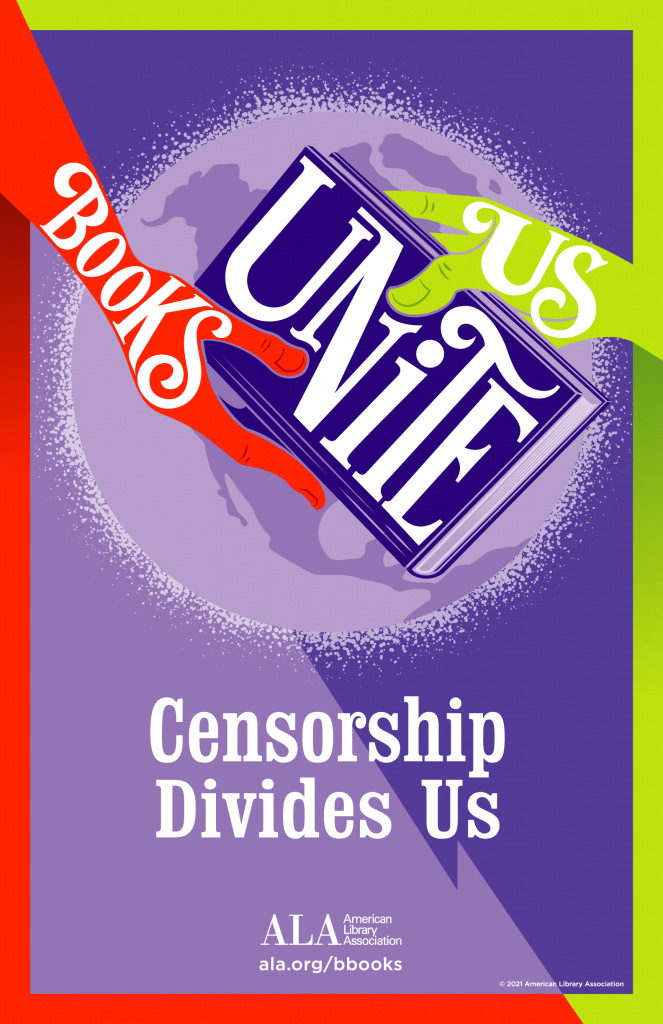



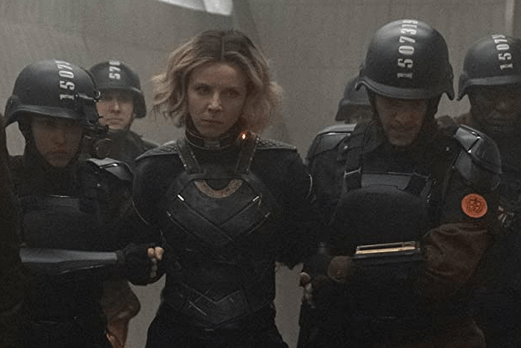
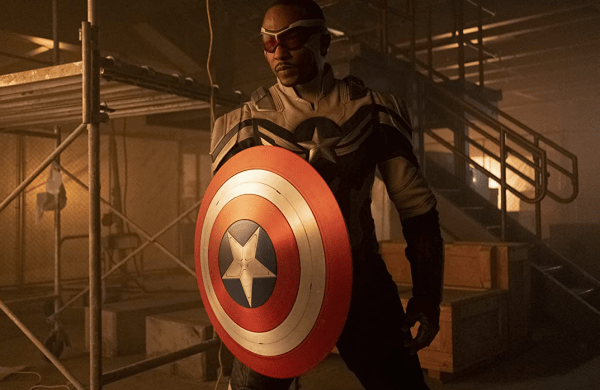
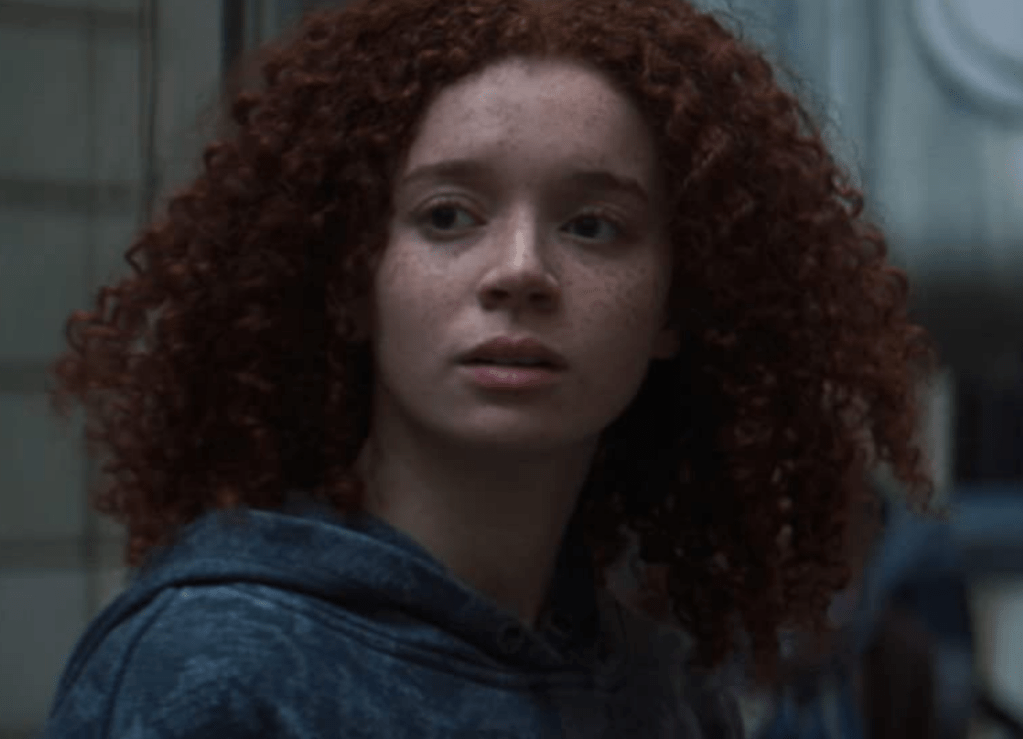

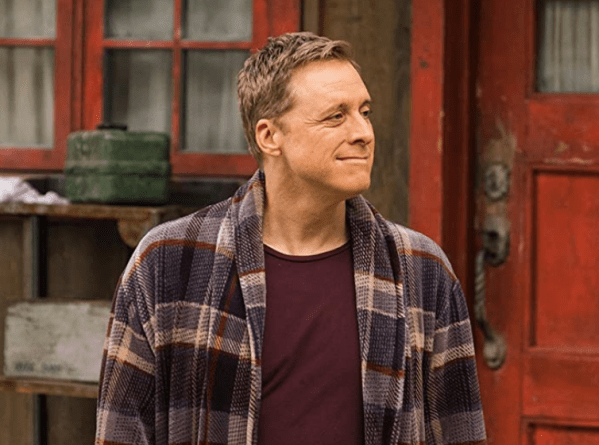




Recent Comments